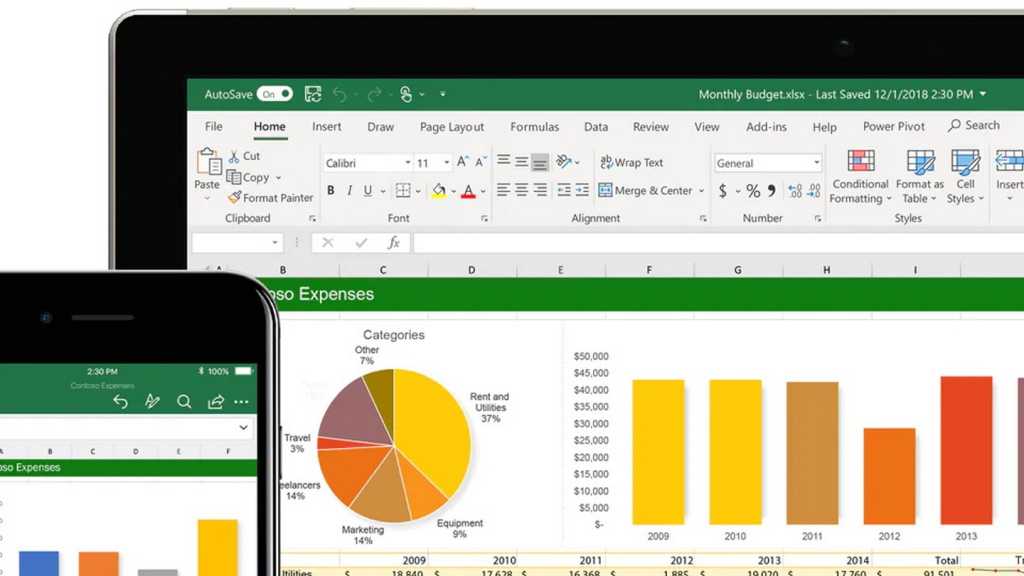Sending large files can be a challenge, even with fast internet access. Free email services like Outlook.com and Gmail often restrict attachment sizes to 20-34MB, which can be easily exceeded by videos, high-resolution photos, or project folders. While ZIP compression helps, it often isn’t enough. This guide explores various methods for sharing large files efficiently and securely.
Leveraging Cloud Storage for File Sharing
Cloud storage services provide a convenient way to share large files. The process is generally the same: upload the data to the service and share a download link with the recipient. Popular options include OneDrive, Dropbox, Google Drive, and GMX, each with varying storage capacities and sharing permissions.
OneDrive: Microsoft’s Integrated Solution
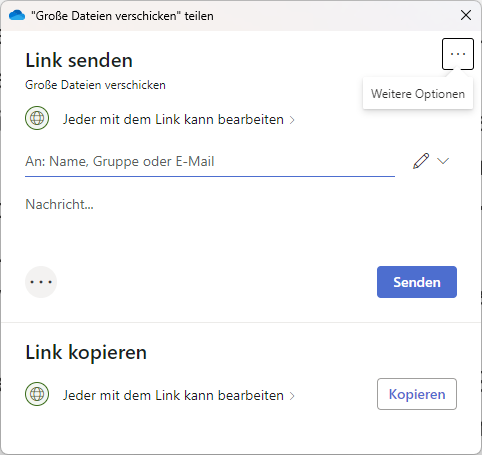
OneDrive offers 5GB of free storage with every Microsoft account and 1TB for Microsoft 365 subscribers. Windows integration simplifies sharing: right-click the file or folder in File Explorer, navigate to “OneDrive > Share,” and choose to send the link directly or copy it. You can customize permissions, set an expiration date, and even password-protect the file. The same functionality is available through the OneDrive web interface.
Dropbox: The Cloud Storage Veteran
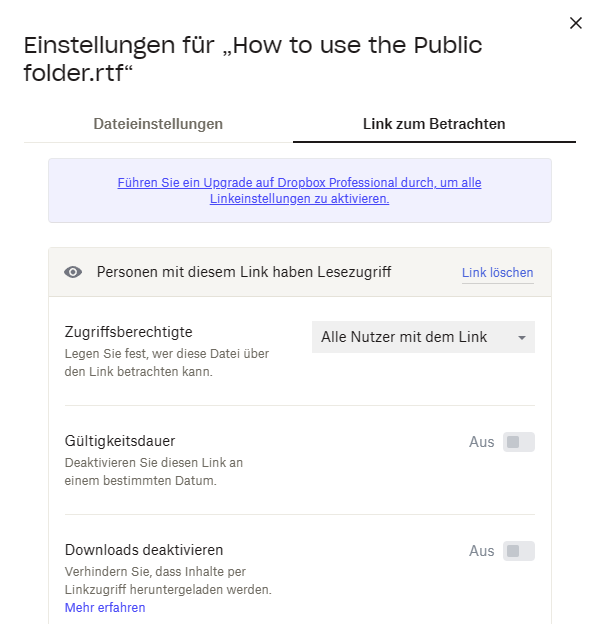
Dropbox offers 2GB of free storage. Sharing is straightforward: right-click the file or folder in the Dropbox web interface, select “Share > Share with Dropbox,” enter the recipient’s email address, and choose to share the file or copy the link. Features like setting an expiration date or blocking downloads are available in paid versions, which also include Dropbox Transfer.
Dedicated File Transfer Services
Beyond cloud storage, dedicated file transfer services offer specialized features for sharing large files.
WeTransfer: Simple and Efficient File Sharing
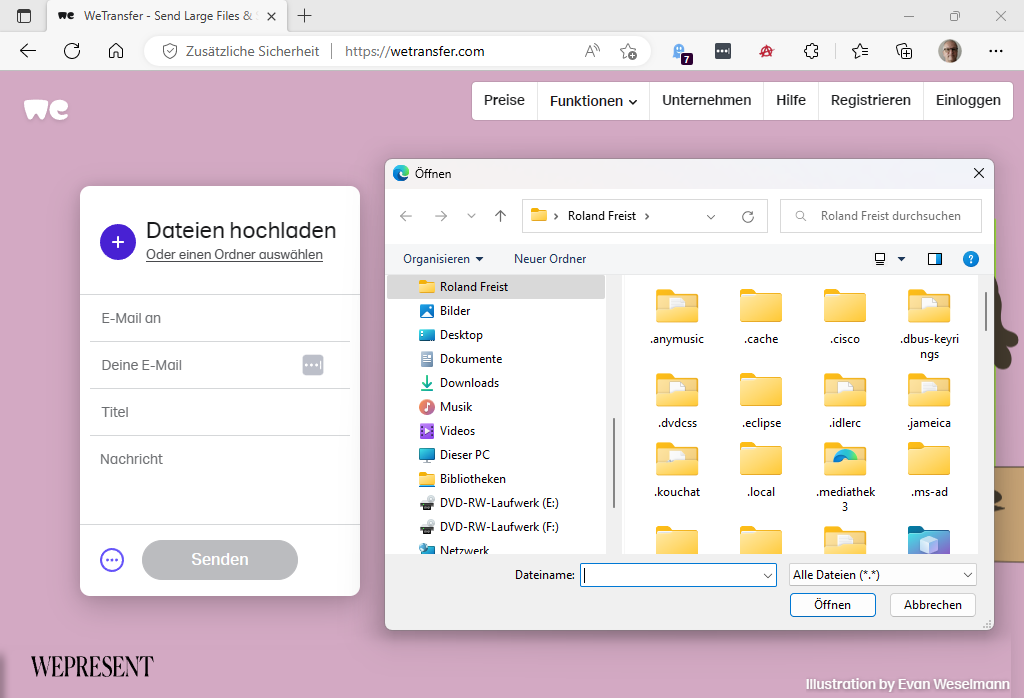
WeTransfer allows sharing of up to 2GB without registration. After uploading and entering email addresses, a confirmation code is sent to the sender. Upon confirmation, the recipient is notified. Files are automatically deleted after one week. Paid versions offer larger transfer limits and more recipients.
Send Anywhere: Enhanced Privacy for File Transfers

Send Anywhere prioritizes privacy by not requiring email addresses. A six-digit key and QR code are generated after upload, which can be shared with the recipient for download. Links are valid for ten minutes. Registration enables share links with 48-hour validity. Client software and browser extensions are available. Direct transfers utilize peer-to-peer technology, while share links involve encrypted server storage.
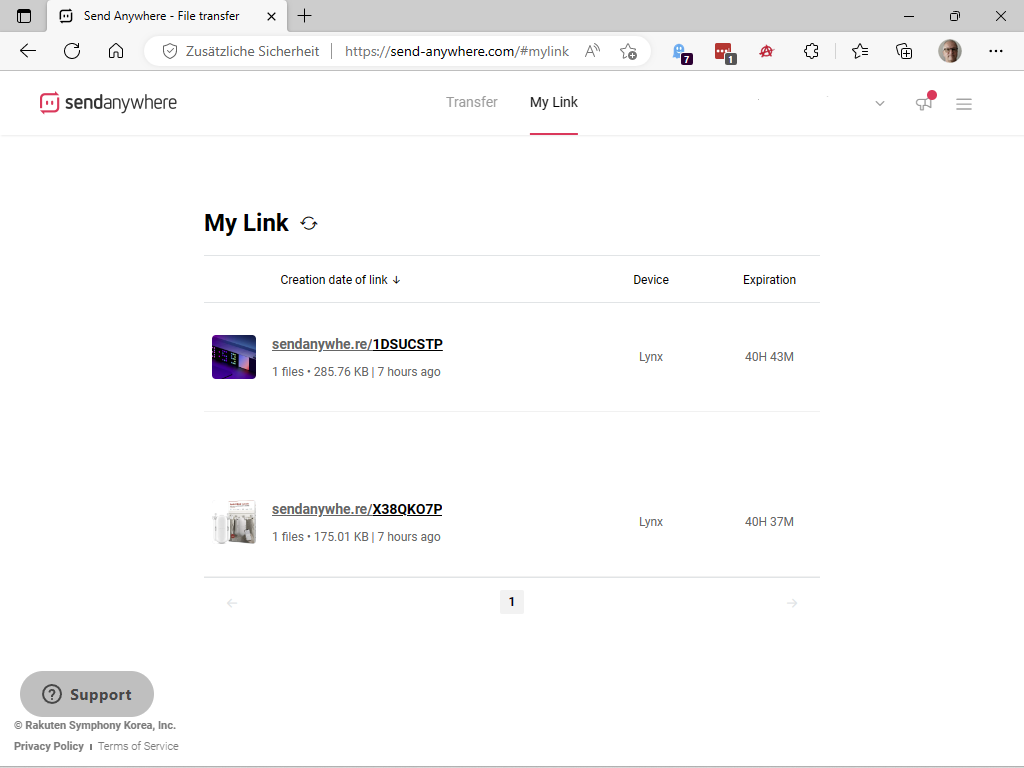
Swisstransfer: Secure File Sharing with Advanced Options
Swisstransfer emphasizes data protection. While email addresses are required, files can be password-protected, and download limits and retention periods can be set. It allows free transfers of up to 50GB across 500 files to 20 recipients, utilizing servers in Switzerland. Browser extensions are available.
Alternative File Sharing Methods
Beyond dedicated services, other options exist for transferring large files.
Microsoft Teams: File Sharing through Collaboration
Microsoft Teams facilitates file sharing within chats. Click the paperclip icon, upload files from your computer or OneDrive, and send them to the recipient. Files can be opened in the browser, downloaded, or shared via link. OneDrive integration limits file size to 250GB.
Tor: Anonymous File Sharing
The Tor network, combined with OnionShare, enables anonymous file sharing. OnionShare generates an address and private key, which are sent to the recipient. Using the Tor browser, the recipient accesses the generated website with the key to download the files. This method is secure but slow.
Smartphone to PC File Transfer
For local transfers, Feem utilizes Wi-Fi Direct for fast file sharing between devices on the same network. For remote transfers, Send Anywhere offers cross-platform clients.
Apple Mail Drop
Apple Mail Drop leverages iCloud to share files via generated links. Recipients can access files regardless of their device or email client. For Mail users, the file downloads automatically as an attachment.
Conclusion: Choosing the Right Method
The best method for sharing large files depends on your specific needs. Consider factors like file size, security requirements, and recipient access. This guide provides a comprehensive overview of available options, empowering you to choose the most suitable solution.






